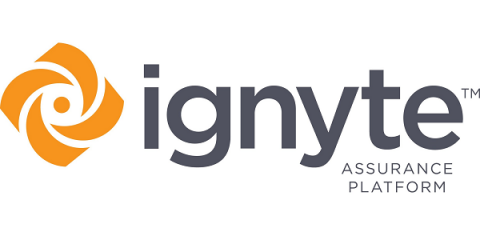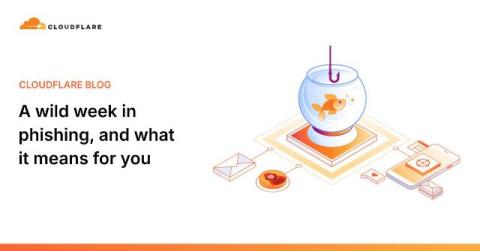Creating happier and more engaged teams with AI and workflow automation
High stakes, long hours, and a rapidly evolving threat landscape present unique barriers to happiness for security and IT teams. It’s not surprising that 63% of security practitioners report some level of burnout, and 58% of IT professionals feel overwhelmed by the amount of tasks they have to do in a day. Organizations simply can’t afford to ignore these statistics.











